7 Speeds for Sanding?
Posted by The Team at 2Sand on 03 20 2022
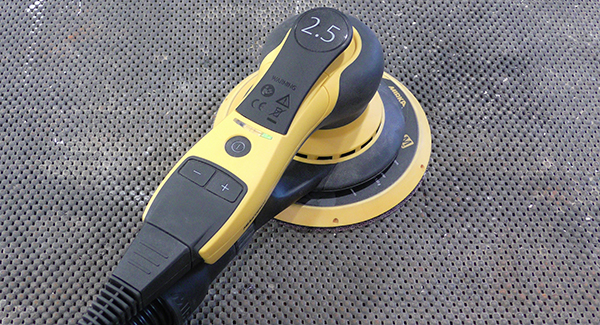
You may have noticed that most electric sanders are single speed, even some of the high-end expensive brands. But the Mirka DEROS random orbit sander features seven speeds from 4,000 to 10,000 orbits per minute. Is there real value in using different speeds when sanding or is this a marketing ploy?
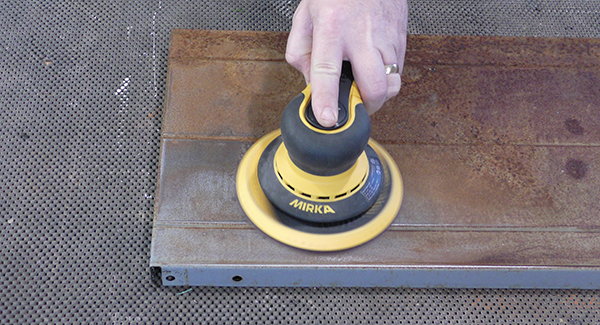
While probably 80% of sanding with a random orbit sander can be done very nicely using a single speed around 7,000 orbits per minute, being able to select the perfect speed for the task at hand can have serious advantages, and specifically due to the heat buildup from friction. In most cases, heat is not much of an issue, but when sanding paint, finishes, and some base materials, heat plays a much bigger role.
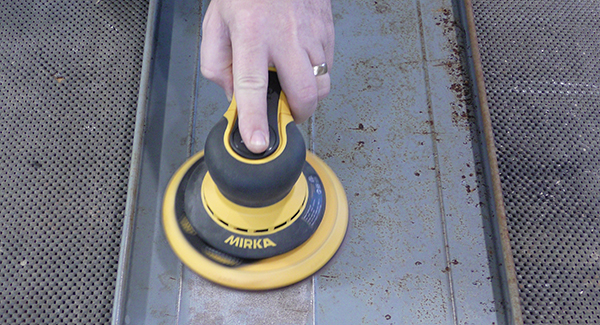
For example, when sanding metal to remove rust or create a texture, the speed can be set quite high to finish the job quickly. But when removing paint, the orbital speed should be reduced to help prevent the sanding disc from clogging. As the surface being sanded heats up through friction, the paint will become soft and cling in bunches to the sanding disc rather than falling away as small particles. Reducing the orbital speed reduces the friction heat, thereby preventing the paint from softening and clogging the sanding disc.
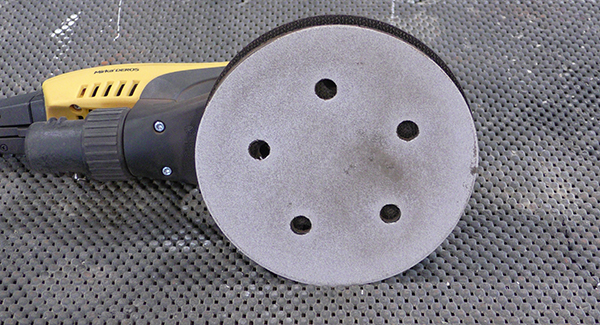
In the same way, sanding lower temperature materials, like many plastics, is best done at lower speeds to keep the friction heat under control. Even with good dust extraction, softened plastic can become embedded in the face of a sanding disc, shortening its life and potentially leaving unwanted scratches.
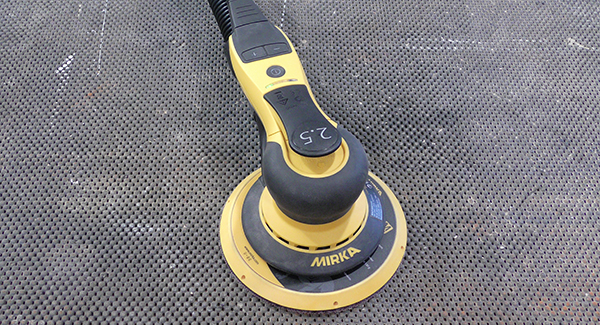
Most of the time your Mirka DEROS random orbit sander will be used somewhere in the middle of the speed range, but it sure is useful to be able to run it higher for fast cutting or lower to control the heat.
